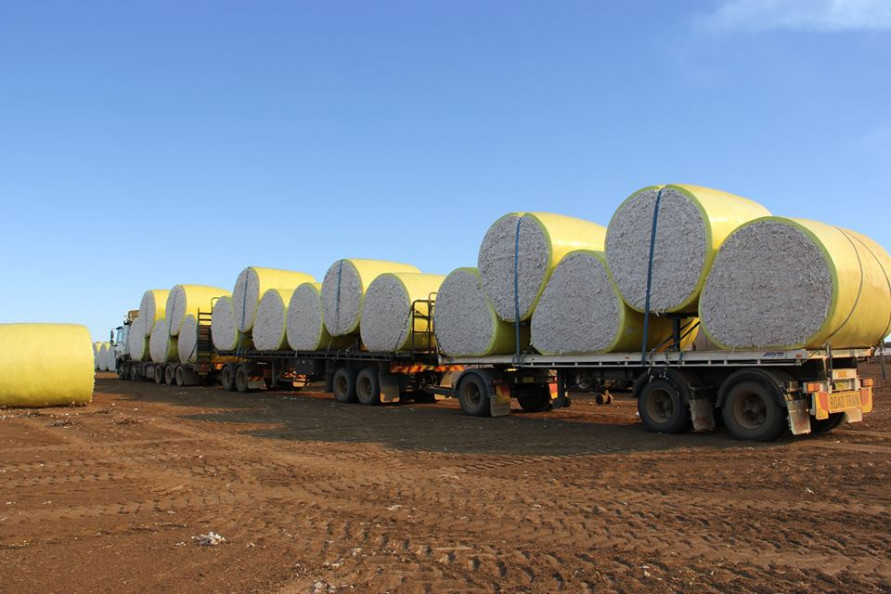IT HAS been well publicised that the Australian cotton industry is facing its leanest season in over a decade, but one cotton sector analyst is warning the big dry is going to mean a significant lag time before production returns to normal.
While dryland cropping production can quickly rebound after drought if there is sufficient rainfall and farm inputs, such as seed, fertiliser and chemicals can be accessed, cotton, as a primarily irrigated crop, will take longer to rise back up to average production levels.
Charles Clack, Rabobank cotton analyst, said even with significant water inflows into storages, which will require well above average rainfall due to the parched soil profile in the key cotton producing areas of Queensland and northern NSW, full output potential was only likely in cotton from 2021-22 onwards.

In the near term Mr Clack, who has put out a report on the current cotton situation, said it was likely production would dip to just 735,000 bales, or just 16 per cent of the levels seen in 2017-18.
This is in spite of the geographic diversification of the cotton sector in recent years with producers as far south as northern Victoria able to grow the summer crop due to new varieties better adapted for southern regions.
Should Mr Clack's forecast prove accurate it would be the smallest cotton crop since 2007-08.
The areas hardest hit by drought through Queensland's Darling Downs and south-west and northern and central NSW will be the cotton producing regions facing the biggest downturns.
While there is still time for cotton to be planted the extremely dry start to the summer wet season and the lack of moisture in the soil profile mean further plantings are unlikely unless there is very heavy rainfall in the next couple of weeks.
Looking further forward, Mr Clack's report outlines two scenarios for Australian cotton production out to the 2021/22 season.
"The first scenario assumes extensive rainfall across the east coast through autumn and in to winter," Mr Clack said.
"In this scenario, 2020/21 season production could potentially recover to around two to three million bales."
He identified water allocation and seed availability as potential obstacles to a larger scale recovery.
However he said this was definitely the glass half full option.
The other scenario Mr Clack considered was a continuation of the current drought, which he said could see production fall to just 500,000 bales.
While the outlook is uncertain going forward, Mr Clack said the current supply tightness is likely to support domestic cotton prices, with prices expected to sit around $600/bale by the end of 2020.
"This outlook is also being supported by the uptick in global cotton prices and the depreciation of the Australian dollar, as well as China continuing to source cotton from non-US origins amid the ongoing trade war," he says.
Mr Clack says while China is likely to purchase some cotton from the US to fill orders, other countries, such as Brazil, are likely to gain a larger market share in China.


